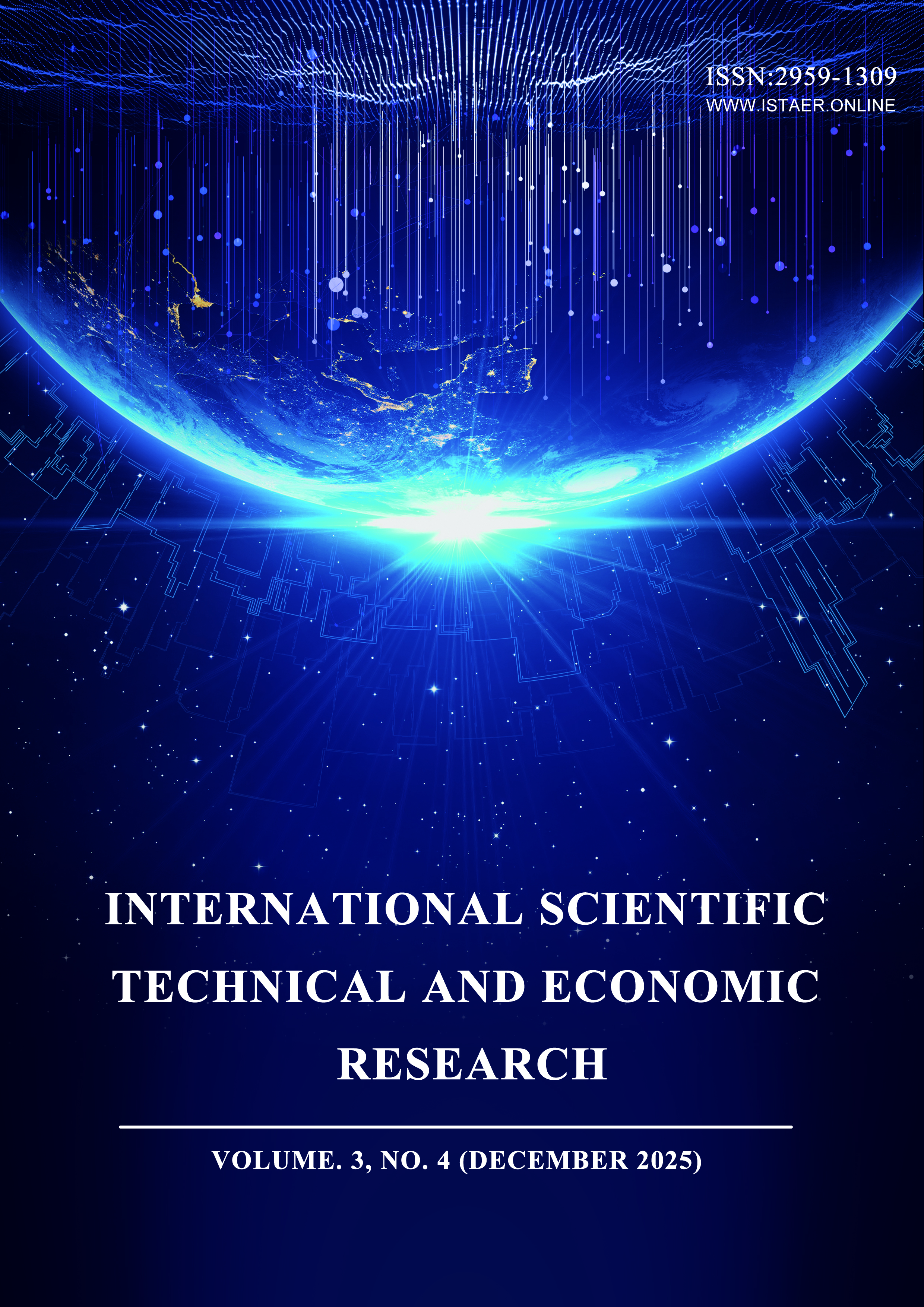Study on the Agricultural System in a Certain Region Based on the LSTM Model and Genetic Algorithms
DOI:
https://doi.org/10.71451/ISTAER2548Keywords:
3σ Principle; LSTM Model; ET Formula; Multi-Objective Optimization; Genetic AlgorithmAbstract
In response to the two core demands in agricultural production, namely precision irrigation and sustainable transformation, this study conducts two key research tasks. First, it predicts the crop irrigation demand based on meteorological data. Initially, the 3σ principle is adopted to identify and label outliers isolated outliers are filled using linear interpolation, while consecutive outliers are filled with average value. Subsequently, two types of models are constructed: on the one hand, three evapotranspiration formulas (Hargreaves, Priestley-Taylor, and Makkink) are integrated, and the evapotranspiration (ET) amount is calculated through weighted fusion to establish the ET formula; on the other hand, a Long Short-Term Memory (LSTM) model is built via a two-layer architecture. These two models are then compared. Second, it carries out research on the transformation of organic agriculture based on farm economic and environmental data. First, farms are classified into geographical types (Plain, hilly, and mountainous). Then, a multi-objective optimization model is constructed with the goals of maximizing economic benefits and maximizing environmental benefits. Combined with constraints on transformation ratio and annual transformation, the genetic algorithm is used to solve the model.
References
[1] Song, J., Yang, D., E, D. J., Song, T. T., & Han, S. (2025). Carbon emission research based on the Tapio-LMDI-LEAP model. Global Energy Interconnection, 8(05), 580-593. DOI: https://doi.org/10.19705/j.cnki.issn2096-5125.20240349
[2] Feng, K. P., & Tian, J. C. (2014). Study on calculating reference crop evapotranspiration in Ningxia region using Hargreaves equation. Journal of Arid Land Resources and Environment, 28(9), 100-105. DOI: https://doi.org/10.13448/j.cnki.jalre.2014.09.026
[3] Baber, S., & Ullah, K. (2024). Short-term forecasting of daily reference crop evapotranspiration based on calibrated Hargreaves–Samani equation at regional scale. Earth System and Environment, 8, 1077–1097. DOI: https://doi.org/10.1007/s41748-024-00373-5 DOI: https://doi.org/10.1007/s41748-024-00373-5
[4] Bottazzi, M., Bancheri, M., Mobilia, M., Bertoldi, G., Longobardi, A., & Rigon, R. (2021). Comparing Evapotranspiration Estimates from the GEOframe-Prospero Model with Penman–Monteith and Priestley-Taylor Approaches under Different Climate Conditions. Water, 13(9), 1221. DOI: https://doi.org/10.3390/w13091221 DOI: https://doi.org/10.3390/w13091221
[5] Li, F. F., Rao, L. Y., Lü, K. L., & Others. (2013). Parameter modification of the Priestley-Taylor model and its application in evapotranspiration estimation. Journal of Zhejiang A & F University, 30(5), 748-754. DOI: https://doi.org/10.11833/j.issn.2095-0756.2013.05.018
[6] Nagai, A. (1993). Estimation of pan evaporation by Makkink equation. Journal of Japan Society of Hydrology and Water Resources, 6(3), 238–243. DOI: https://doi.org/10.3178/jjshwr.6.3_238 DOI: https://doi.org/10.3178/jjshwr.6.3_238
[7] Liu, Y. F., Liu, S. F., & Zhang, Z. R. (2025). Yield prediction of maize based on StaMaLSTM and multi-source data. Chinese Journal of Agricultural Machinery, 46(09), 81-90. DOI: https://doi.org/10.13733/j.jcam.issn.2095-5553.2025.09.011
[8] Yu, X. Y., Pan, H., & Wang, G. G. (2024). Decomposition and prediction model of power carbon emissions based on improved LSTM. Electronic Design Engineering, 32(23), 12-16. DOI: https://doi.org/10.14022/j.issn1674-6236.2024.23.003
[9] Niu, Q., Fu, Y., & Dong, X. (2024). Omnidirectional AGV Path Planning Based on Improved Genetic Algorithm. World Electric Vehicle Journal, 15(4), 166. DOI: https://doi.org/10.3390/wevj15040166 DOI: https://doi.org/10.3390/wevj15040166
[10] Yu, X., Wang, Q., Tian, M., & Ji, A. (2024). Exploring the Impact of Cultivated Land Utilization Green Transformation on Agricultural Economic Growth: Evidence from Jiangsu Province in China. Sustainability, 16(16), 7032. DOI: https://doi.org/10.3390/su16167032 DOI: https://doi.org/10.3390/su16167032
[11] Lala M, Sallu SM, Lyimo F, Moore E, Shirima DD, Nnyiti P, Mwanga L and Pfeifer M (2023) Revealing diversity among narratives of agricultural transformation: insights from smallholder farmers in the Northern Kilombero Valley, Tanzania. Front. Sustain. Food Syst. 7:1148928. DOI: https://doi.org/10.3389/fsufs.2023.1148928 DOI: https://doi.org/10.3389/fsufs.2023.1148928
[12] Li, P. J. (2025). A study on the influencing factors of rural industrial development in Tibet [Doctoral dissertation, Tibet University]. DOI: https://doi.org/10.27735/d.cnki.gxzdx.2025.000179
Downloads
Published
Issue
Section
License
Copyright (c) 2025 International Scientific Technical and Economic Research

This work is licensed under a Creative Commons Attribution-NonCommercial-NoDerivatives 4.0 International License.
This work is licensed under the Creative Commons Attribution International License (CC BY 4.0).




